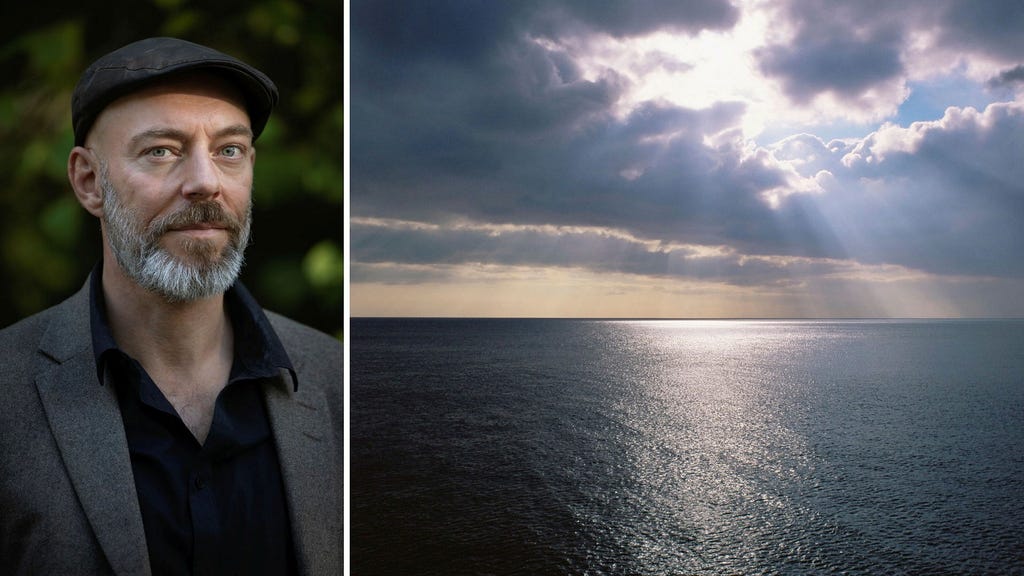The concept of hope feels increasingly elusive in our current era. Political polarization, environmental degradation, and the erosion of democratic values paint a bleak picture, making it challenging to maintain a hopeful outlook. Yet, paradoxically, the very absence of hope amplifies our need for it. We yearn for something to pierce the pervasive negativity, a solace akin to a mother’s kiss on a scraped knee. But what exactly is hope, and how do we find it in these trying times?
The Korean philosopher Byung-Chul Han draws a crucial distinction between optimism and hope. Optimism, he argues, is a positive interpretation of the present, a tendency to focus on favorable signs as indicators of a brighter future. Hope, on the other hand, emerges when optimism fails, when there are no positive signs to cling to. It is a leap of faith, an expectation of something unforeseen, something external that will bring about change when all conventional avenues have been exhausted. It is not a prediction based on evidence, but a defiant belief in the possibility of transformation.
In Western culture, hope is often viewed as one of the three cardinal virtues, alongside faith and love. These virtues share a common thread: they are not products of rational deliberation. They transcend logical calculations and operate on a different plane. Faith, for instance, in its truest form, is not about verifying facts, but about unwavering belief in another person, especially in moments of vulnerability. It’s the whispered reassurance to a distraught child after a disappointing performance, or the trembling declaration of commitment in a struggling marriage. It’s a choice, an act of will that defies the dictates of reason.
Similarly, love, as a virtue, is not transactional. A parent’s love for their child demands no reciprocation; it can’t be bought, sold, or reasoned away. Both faith and love are acts of will, shaping our perception of how things ought to be, rather than simply reacting to how they are. They operate outside the conventional order, following a different set of rules. Their significance becomes most apparent when the familiar structures of our lives crumble.
Hope, like faith and love, is an act of will. It becomes essential in times of crisis, when systems collapse, when faced with devastating news, broken relationships, or the suffering of others. It is not needed when life proceeds predictably. Hope emerges as a resource precisely when the ordinary order breaks down, offering solace and a sense of possibility in the face of despair.
While hope is vital for navigating personal struggles, it should not be the basis for political or societal decision-making. Governance requires rational assessment of circumstances, grounded in evidence and reason. Similarly, practical everyday matters should be handled with pragmatism. However, the absence of hope in the practical realm does not negate the need for hope in the personal. Just as a fractured relationship doesn’t preclude love, a seemingly hopeless situation doesn’t eliminate the possibility of hope. The ability to summon faith and hope in adversity is a hallmark of humanity. We have the capacity to believe without proof, to fight for our convictions, and to maintain hope even when the odds are stacked against us. This inherent irrationality, though seemingly illogical, has been instrumental in our survival and evolution.
Hope is the ability to live with trust in the unknown, an openness to the unexpected, a readiness for unforeseen possibilities. It’s not about predicting the future, but about embracing the potential for change, however improbable it may seem. This is illustrated by a personal anecdote of a trip to Sligo, Ireland, the hometown of poet W.B. Yeats. The journey, intended as an escape from personal worries and anxieties, became a confrontation with unresolved issues. The anxieties surrounding aging parents, the challenges of raising children, and the realization of unhealable wounds and unsolvable problems dominated the trip, despite the breathtaking scenery.
A visit to Yeats’ grave, marked by a simple headstone with the inscription, ”Cast a cold Eye On Life, on Death. Horseman, pass by!”, provided an unexpected shift in perspective. The words resonated deeply, offering a sense of release and a new understanding of hope. The message conveyed a sense of acceptance, urging a detachment from the relentless pursuit of solutions and the burden of control. It advocated for a calmer approach, a recognition of the fleeting nature of life, and the acceptance of limitations.
The inscription, echoing Eastern philosophies, suggested finding hope not in the resolution of problems, but in the acceptance of what cannot be changed. It emphasized the importance of letting go, of allowing life’s currents to carry us, while still striving for the good and acknowledging our own limitations. The message was not one of resignation, but of liberation from the illusion of control, a reminder to find solace in the present moment, even amidst life’s inherent uncertainties. The hope offered wasn’t about fixing everything, but about finding peace in the face of life’s imperfections and the inevitable passage of time.














